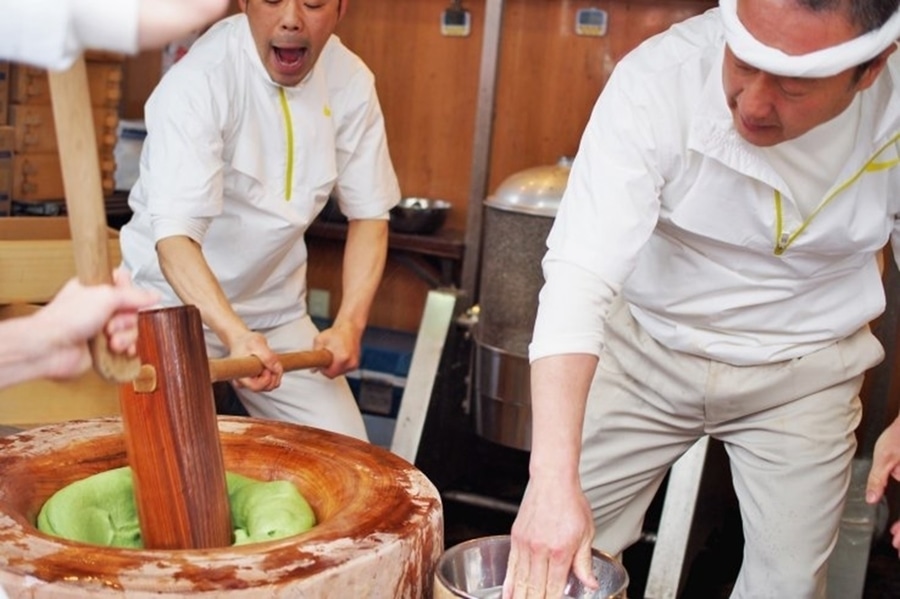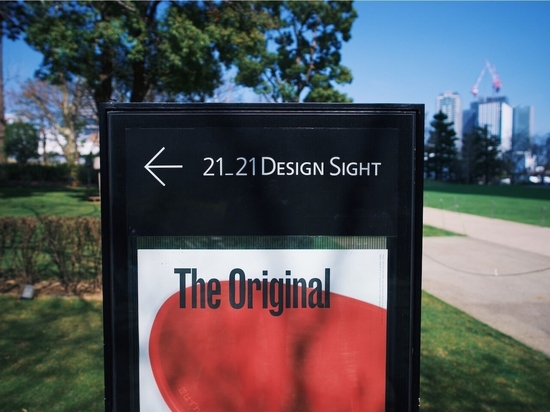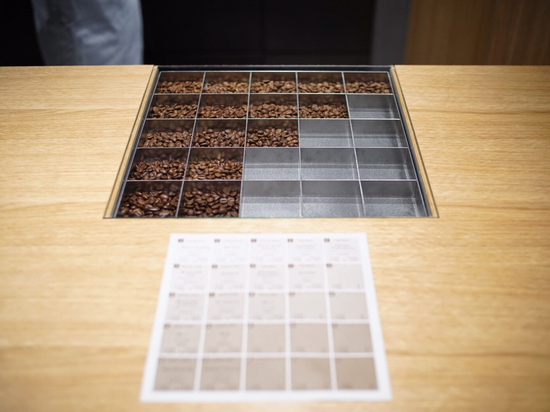
#Industry News
Japanese Culture and Traditions: We Would Be Caught Dead Eating Rice Cakes, Mochi
Rice cakes: It’s called “mochi” in Japanese, made by pounding rice.
Have you ever eaten mochi? If yes and you’re still alive, you’re blessed. Do you know how many people have lost their lives by choking on mochi in Japan? It’s 300 averagely every year. We probably should prohibit or at least impose a heavy tax on mochi like narcotics and alcohol, but there has been no such momentum so far. People even in the center of power seem to be captives of its taste.
It is found from remains that Japanese people already started to eat mochi in 660 BC, at the time of the founding of the country. Mochi was an offering food to gods in ancient cultures, and is still considered to be a food for a special day. Risk-addicted people like me eat it regularly, but basically it’s a seasonal food. My favorite is Sakura-mochi in March. It’s wrapped in a salted leaf of a Sakura (Japanese cherry) tree. By eating the salted Sakura leaf together, the aroma of Sakura will spread throughout the mouth, and the sweet bean paste in mochi is enhanced. Today, let me introduce Japanese culture through this luscious and dangerous food.
The main season of mochi is definitely now, the year-end and New Year period. That also appears in the stats of the Consumer Affairs Agency: more than 40% of choking deaths by eating mochi occurs in January. It’s becoming scarce, but once it was common for each family to pound rice to make mochi at home at the end of the year. As I wrote before in another article, we clean every corner of our houses with a prayer for happiness in the coming year. Pounding rice to make mochi at the year-end is the same kind of ritual.
As I wrote above, pounding rice to make mochi fell into desuetude because it takes a lot of work and skills. We have to bring a heavy mortar out of somewhere and pound rice with a huge wooden pestle until it changes to a dough. Please have a look at the YouTube video of how to pound rice. The video shows an extreme case of the super advanced technique, but it’s true that pounding rice is hard work requiring a good relationship.
Now that it has been more than 200 years from the Industrial Revolution, we can make mochi not at home but in a factory. Consequently, mochi is sold everywhere, and we can eat it whenever we want. We don’t need to pound rice any more, but mochi made by pounding rice at home is completely different in taste from ones sold at supermarkets. It’s not because of a psychological reason. They are fundamentally different. Most of the mochi on the market are made of rice flour because mochi made of 100% rice soon gets stiff. I’m sure you will be impressed if you eat real fresh-pounded mochi.
Having said that, I haven’t pounded rice for mochi for years. What I don’t like about rice pounding is the splash of rice water. It’s soon dry and crusty on the body surface, and I feel like being covered in glue. In fact, rice paste was once used as a glue especially for wooden furniture. Wood and rice fit together very well because their expansion and contraction rates by humidity are almost the same. When using the traditional glue for your furniture repair in this year-end and New Year holidays, don’t forget to put some salt in rice paste to prevent mold. Happy Holidays!






